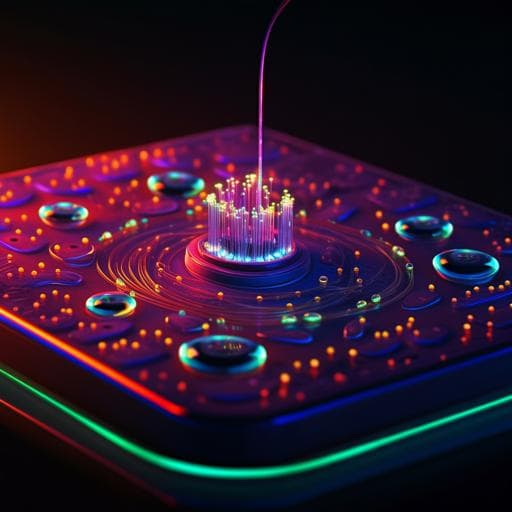
Engineering and Technology
Multiplexed fluorescence and scatter detection with single cell resolution using on-chip fiber optics for droplet microfluidic applications
P. Gupta, A. Mohan, et al.
Discover OptiDrop, a groundbreaking optofluidic platform designed for multiparametric optical sensing of droplets in microfluidic applications. This innovative approach utilizes on-chip optical fibers for single-cell resolution detection of biomolecules, presenting a powerful, cost-effective alternative to traditional microscopy techniques. This research, conducted by Preksha Gupta and team, sheds light on MHC proteins and their responsiveness to IFNγ stimulation.
~3 min • Beginner • English
Related Publications
Explore these studies to deepen your understanding of the subject.







